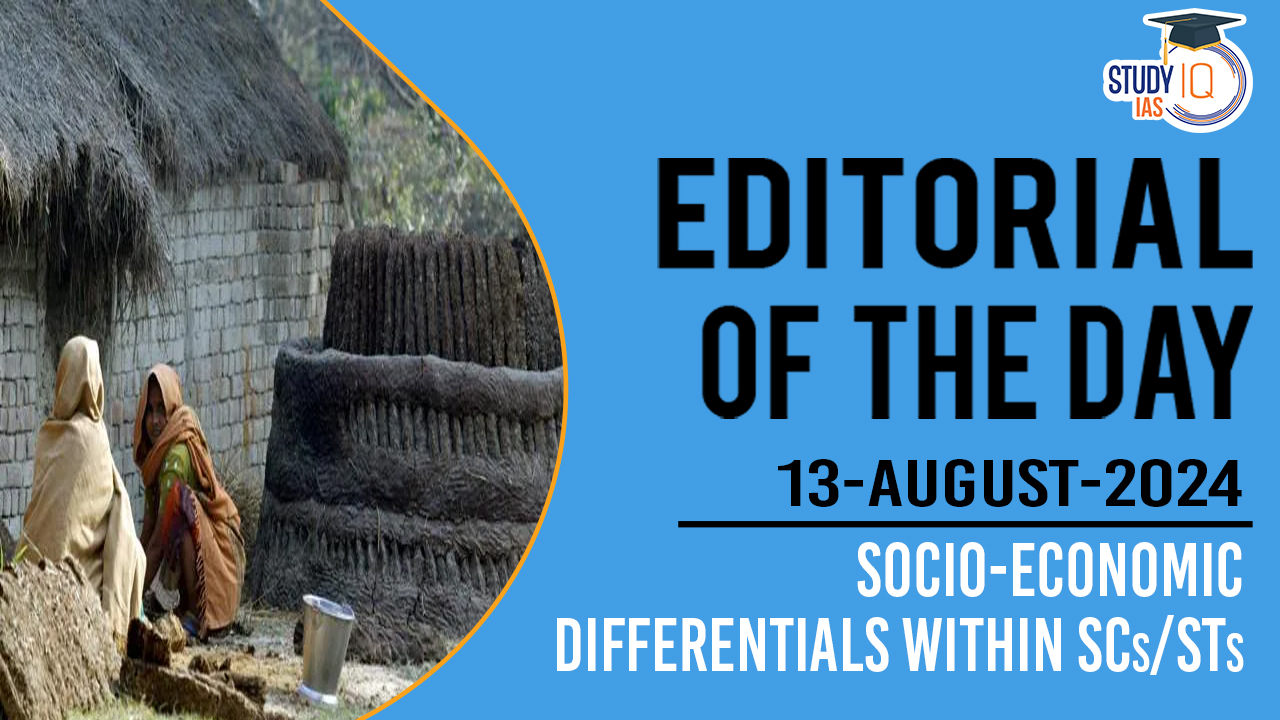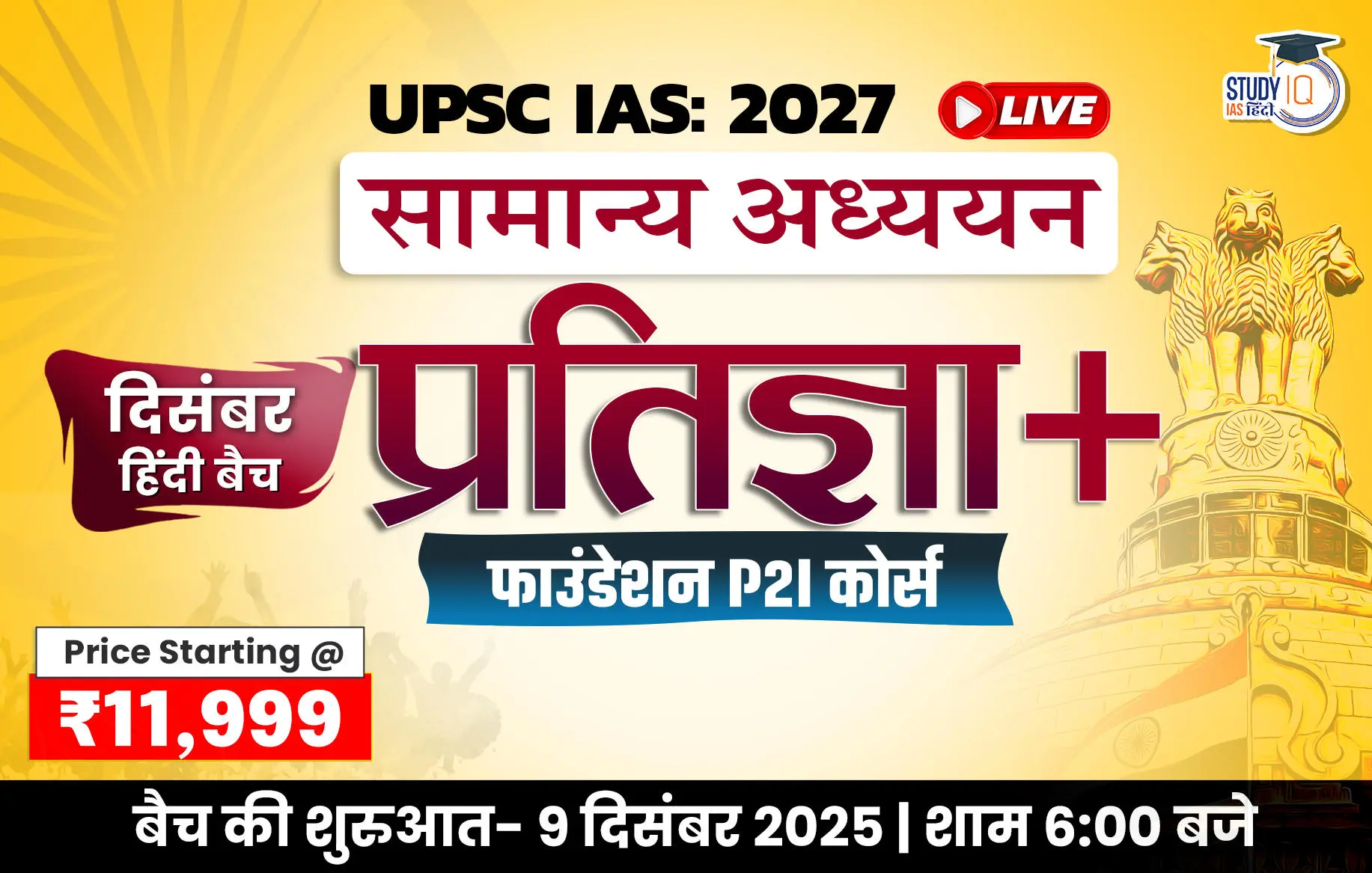Table of Contents
Context: Disparities among SC/ST sub-groups have led the Court to endorse sub-classification, aiming at ensuring a fairer distribution of reservation benefits.
The Critique of Group-Based Affirmative Action
- Homogeneity Assumption: The primary criticism is that affirmative action policies assume all members of a designated group are equally disadvantaged, ignoring intra-group socioeconomic variations.
- Benefits for the Advantaged: This homogeneity assumption leads to benefits accruing disproportionately to relatively privileged sections within the target group, exacerbating inequality.
- Contradiction of Purpose: This outcome undermines the core purpose of affirmative action, which is to reduce overall inequality.
Constitutional Mandates and Judicial Decisions
- Reservation Policy: Seats are reserved for Scheduled Castes (SCs) and Scheduled Tribes (STs) in various sectors by constitutional mandate due to historical disadvantages.
- Supreme Court Rulings:
- 2004 E.V Chinnaih vs State of Andhra Pradesh: The Supreme Court maintained that SCs/STs are a homogenous group, rejecting sub-classifications.
- 2024 Landmark Judgment: The Court reversed its earlier stance, allowing for sub-classifications and sub-quotas within the SC/ST quota to address internal disparities.
Socio-Economic Disparities within SCs/STs
Data from the 2011 census demonstrates the stark differences between sub-groups within SCs and STs in terms of:
- Urbanisation: Some sub-groups have higher levels of urbanisation, which correlates with better access to education and employment opportunities.
- Education: There are significant disparities in educational attainment, with some sub-groups having higher proportions of graduates and postgraduates compared to others.
- Occupation: Sub-groups with higher levels of education are less likely to be engaged in precarious forms of employment like agricultural labour.
Examples of Intra-group Socio-economic Disparities
- Bihar: Musahars are significantly disadvantaged compared to Pasis and Chamars in terms of education and urbanization.
- Maharashtra: Bhambis enjoy better socioeconomic conditions than Mangs.
- Punjab: Chamars are more advantaged than Mazhabis.
- West Bengal: Namsudras have better access to opportunities than Bagdis.
- Chhattisgarh: Halba tribes are more developed than Baiga tribes.
- Jharkhand: Oraons are more advantaged than Mal Paharias.
- Odisha: Oraons are significantly ahead of Bhumia in education.
- Rajasthan: Meenas are the most educated and economically advanced tribal group, while Garasias are relatively deprived.

Implications and Future Directions
- Persistence of Disparities: The analysis confirms ongoing socio-economic disparities within SCs and STs, which suggest that benefits of a uniform reservation system are unevenly distributed.
- Political and Legal Course: While the future actions of the political class remain uncertain, the judicial endorsement of sub-classifications is likely to lead towards a more equitable distribution of reservation benefits.


 UNEP Champions of the Earth Award: UN's ...
UNEP Champions of the Earth Award: UN's ...
 Shilp Didi Programme: Empowering Women A...
Shilp Didi Programme: Empowering Women A...
 Is the Falling Rupee a Cause for Alarm?
Is the Falling Rupee a Cause for Alarm?

























